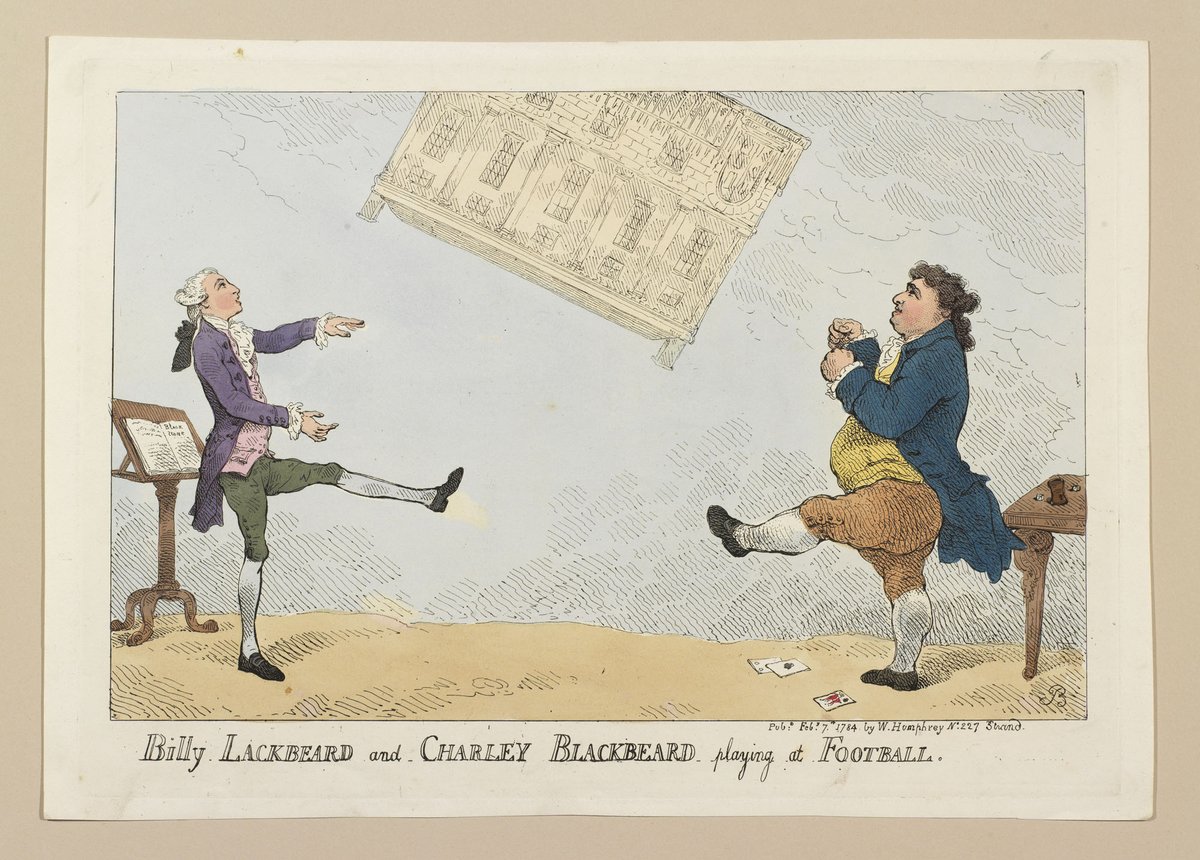
And that's a wrap on a weekend of #JohnCompany2e work with Drew. This is probably our 8th work weekend on the game. For over a year we've been kicking this project back-and-forth, and it seems about the right time to talk a little more about our progress. 

So, for those that don't know, Drew lives in Chicago and I live in Saint Paul, which is about six hours away. We try to work a little in the evenings during the week and then I push on development hard for about half of each Sunday and sometimes Monday nights as well.
But, every month or so, he drives up to Minnesota and we really focus on the design together. As you might imagine, COVID19 has complicated this process a little, but we take precautions and still try to do it when it's safe.
The game's development has been interesting. So much of Pamir2's progress was slow and steady. John Company, in contrast, has been in fits and starts. Often after each spree we find that we've fixed one thing and broken two other systems.
That's partly because we just ran into some fundamental problems and limits with the old system that we were reluctant to fix. But eventually we steeled ourselves and started kicking out the parts of the design that weren't cutting it. 

There are basically three pillars to this redevelopment. First, we wanted to dramatically improve the UI so that the game was easier to teach and to play and a little faster generally. Second, we wanted to sharpen the game's narrative power and drama.
Finally, we wanted to strengthen the core engine so the scenarios would feel more organic and offer players a wider range of strategic options and points over leverage. JoCo was never going to be a small game and 2e will be a big design, but we want it also more interesting too.
To that end, we have revamped: setup, hiring, revenues from India, the Indian event system, attrition/prizes, the debt system, ships, how the company fails, factories, promises, the private firms, and deregulation itself. We also sharpened prizes, laws, and many office actions.
Only a few things have gotten totally dropped from the game: goods/guns, the John & Co. scenario, the old event tables, and a few odds and ends. In basically every case existing systems have been first simplified and then expanded and made more interconnected.
I'll wait before sharing more graphics from the game, but the whole of the design is soooo much cleaner and easier to play. We've also settled on a aesthetic approach for the design that brings together period art from around the world in a really compelling way.
In particular, I'll be drawing both on period art from the subcontinent for the new event system and, for the brits, I'll be using a lot of grotesque cartoons by the likes of Thomas Rowlandson.
In the old game, what the British were up to was sometimes a little too pretty. For instance, here's the art on the Marriage Prize. 

Unlike Pamir, John Company is a game deeply seated in the British perspective and that won't be changing. But, I want to emphasize their monstrous quality--which they of course recognized and enshrined in their own cartoons concerning both politics and daily life.
Both John Company and Infamous Traffic have always tried to weaponize an arch humor to tell a story of empire frankly. Sometimes I've failed to use the right aesthetic strategy to that end, but thankfully the game's design leave little room for argument about my position.
For the new editions of both games, I'm hoping to bring that argument even more in line with the look and feel of the game, and I'll be writing a lot more about the research elements of the project as things continue.
So, in sum, this project is going really well. I'm now at the step where the next thing on my list is to write a new draft of the rules from scratch and start another several weeks of balancing. If all goes well, we'll start invitation-only testing sometime after that on TTS.
Then we'll widen the circle of testing to most anyone who wants to help perhaps by December and I'll start commissioning the pieces of art we'll need to finish the game. I'm still not sure when we'll crowdfund the game, but I'd like to wait until the design is basically finished.
So perhaps Q1 or early Q2 of next year. It's hard to say for sure. Regardless, I wanted to take a little time today to reflect on our work so far and give everyone a sense of where we were at.
As we get closer to launch, I'll type up some longer pieces on what this project has been like to work on. But that's all for today. Now to clean the garage and read a little Tom Jones!
• • •
Missing some Tweet in this thread? You can try to
force a refresh






